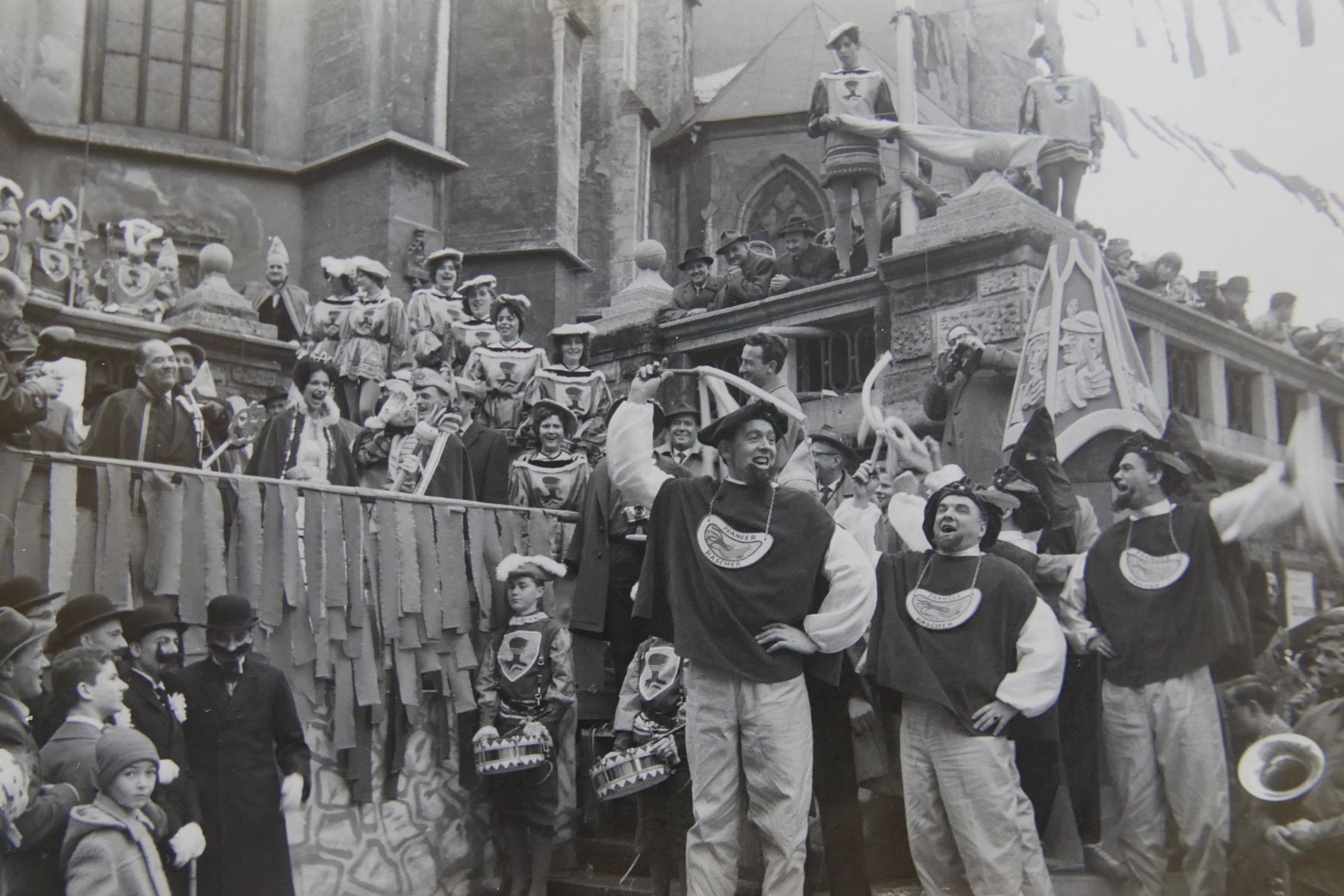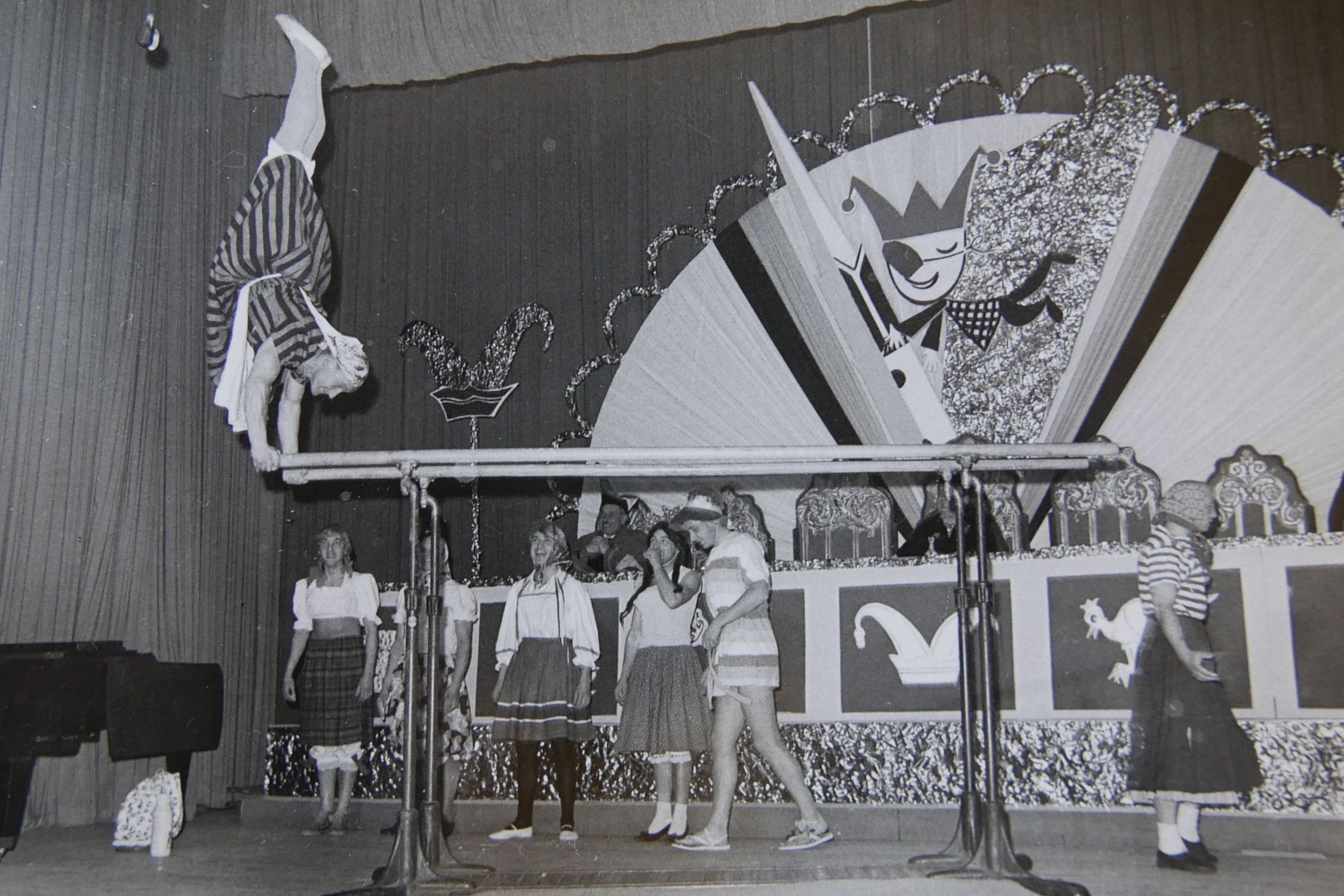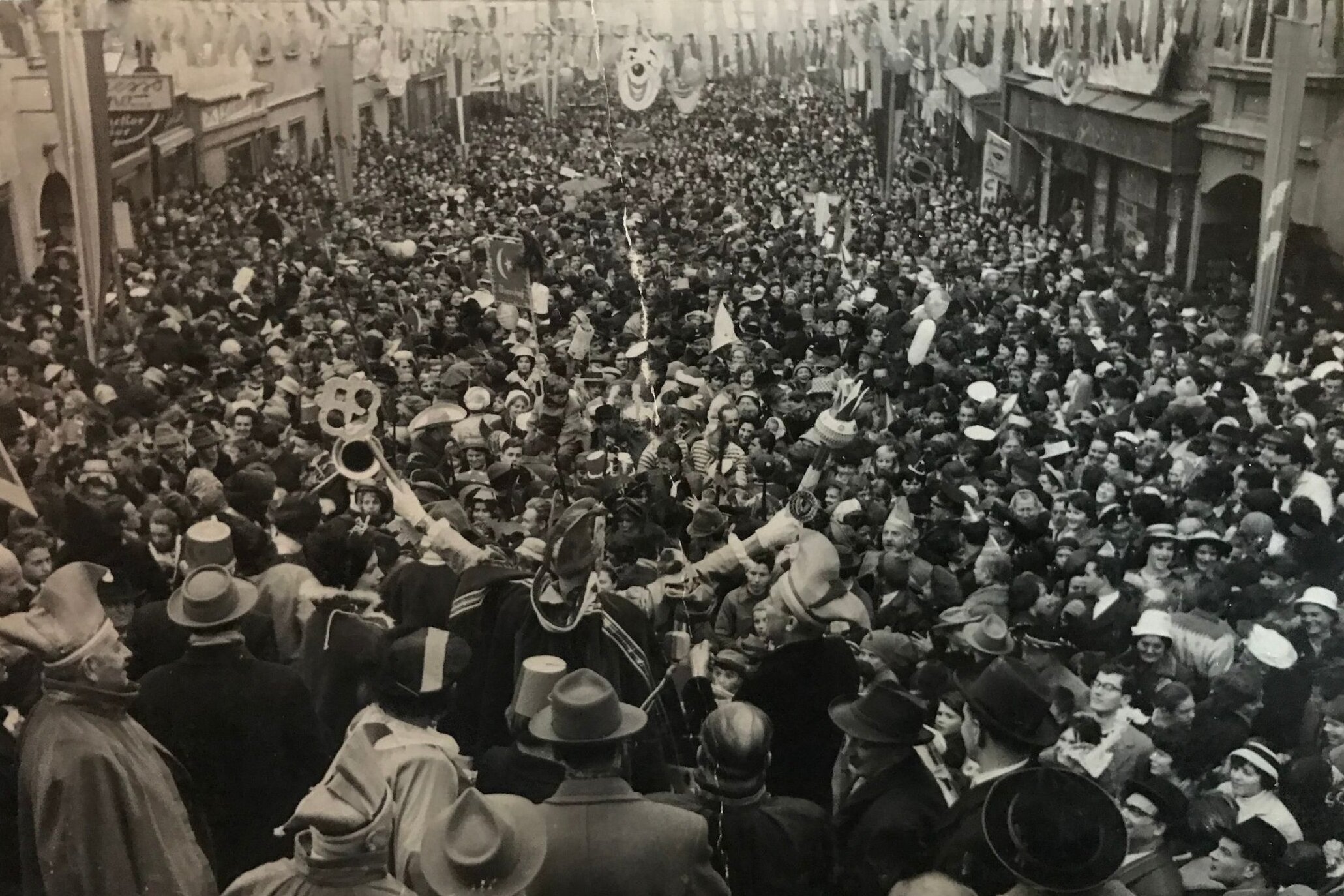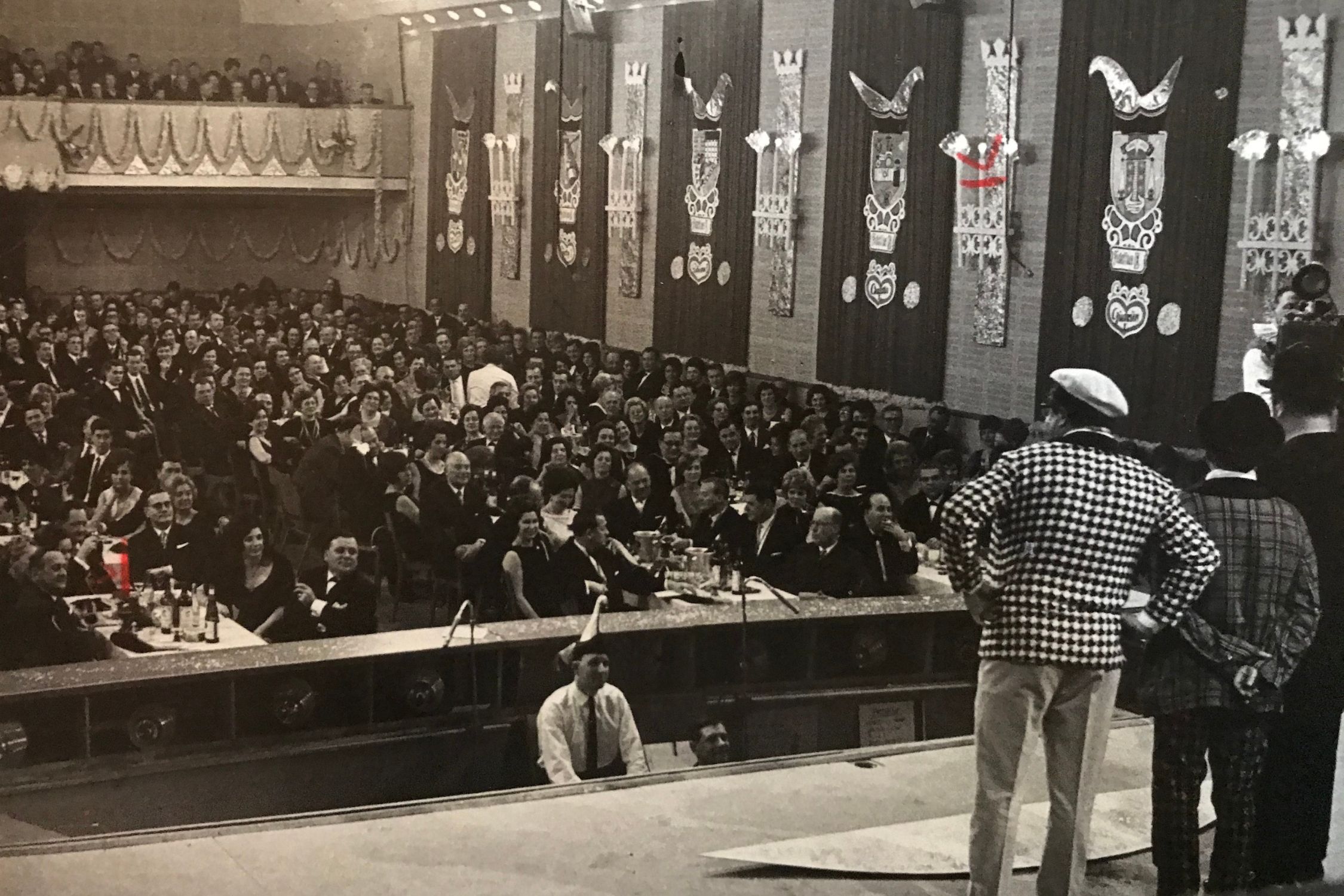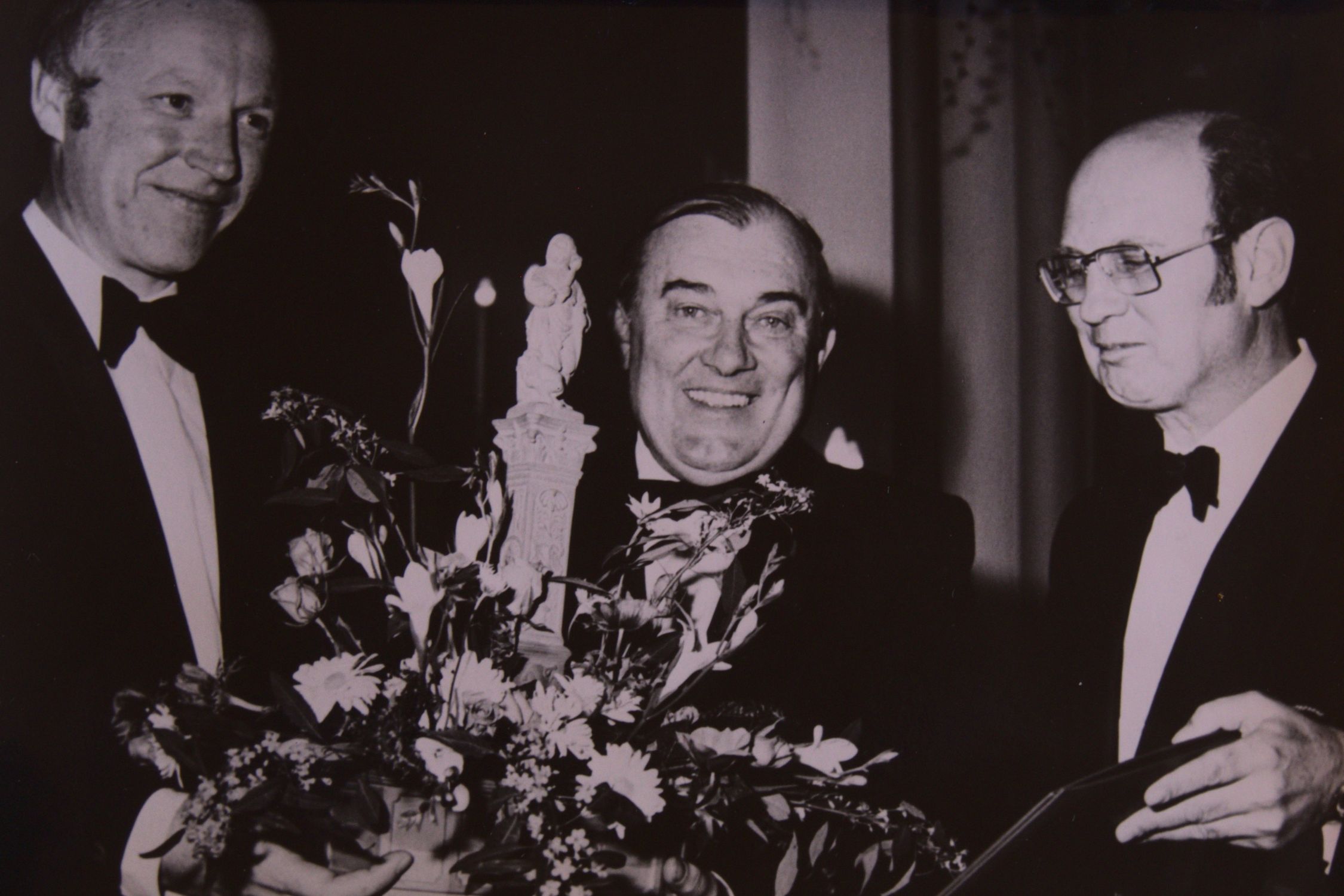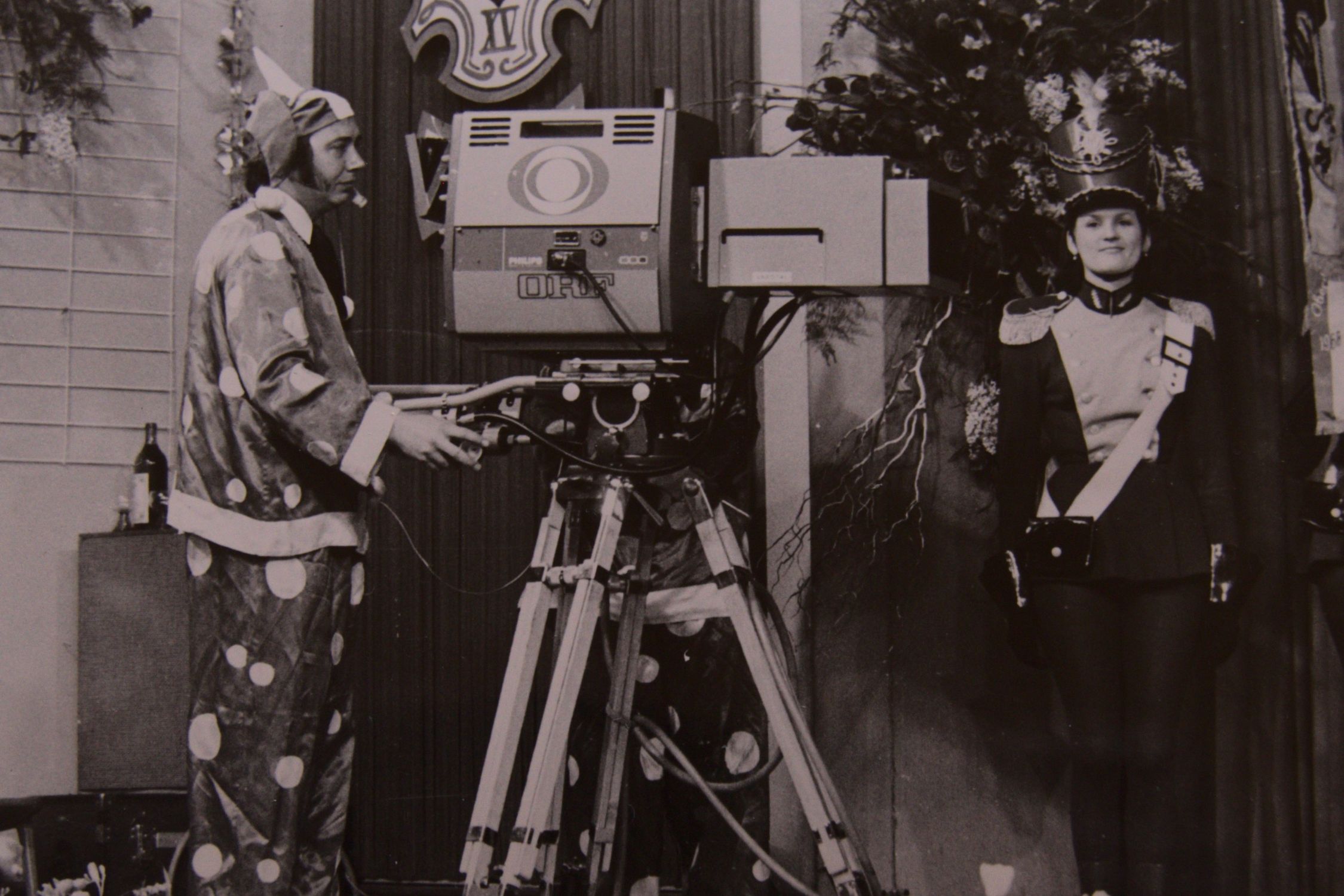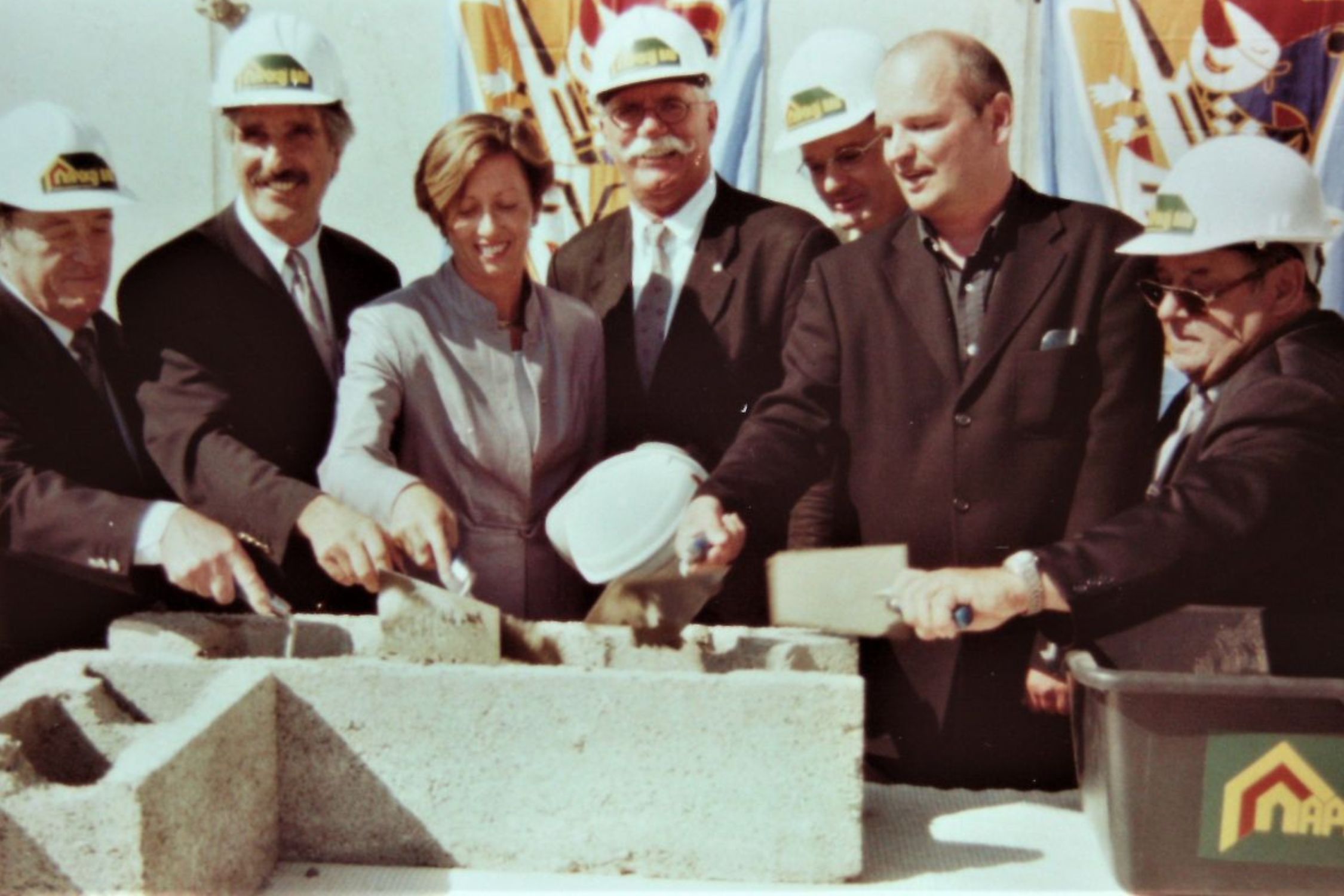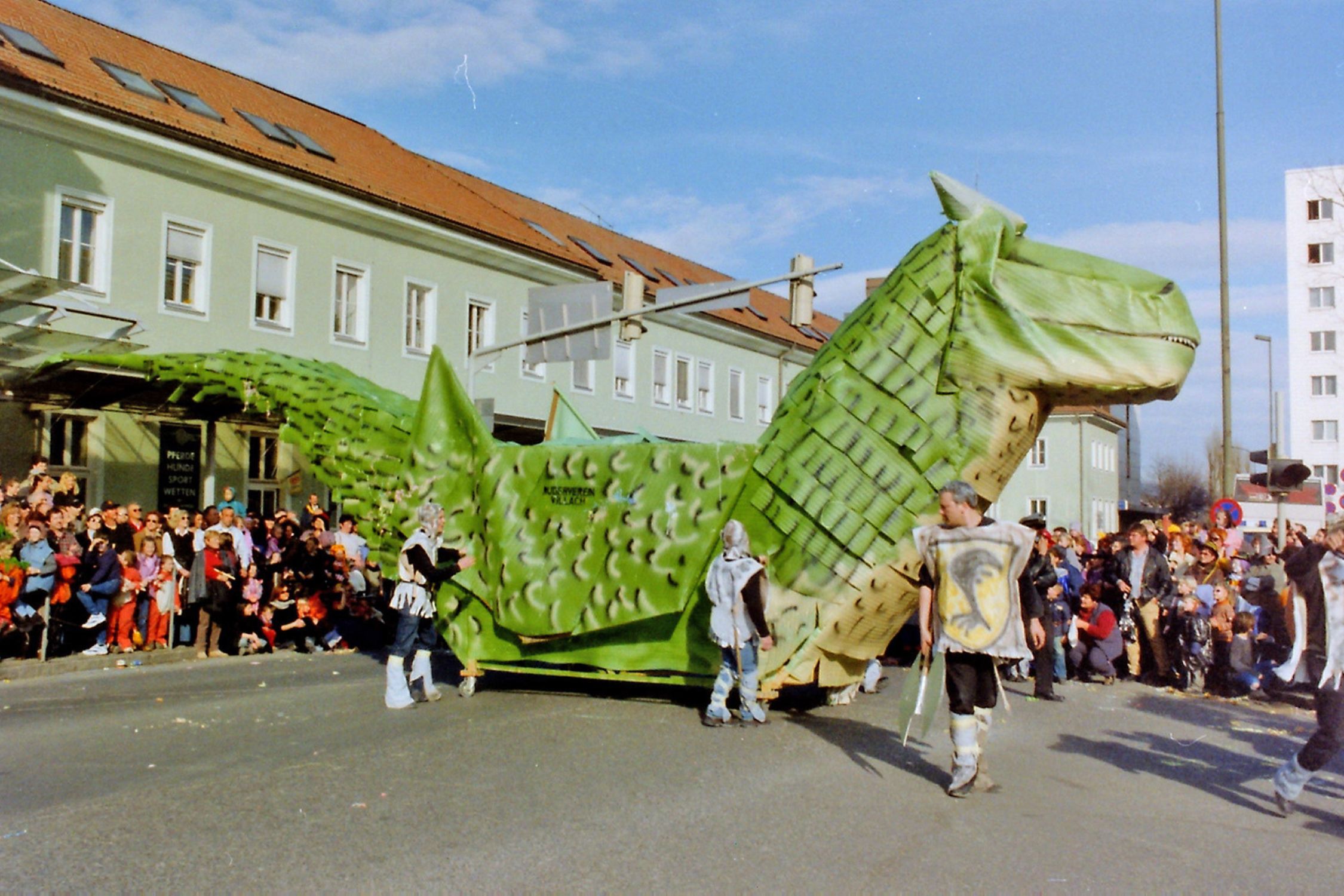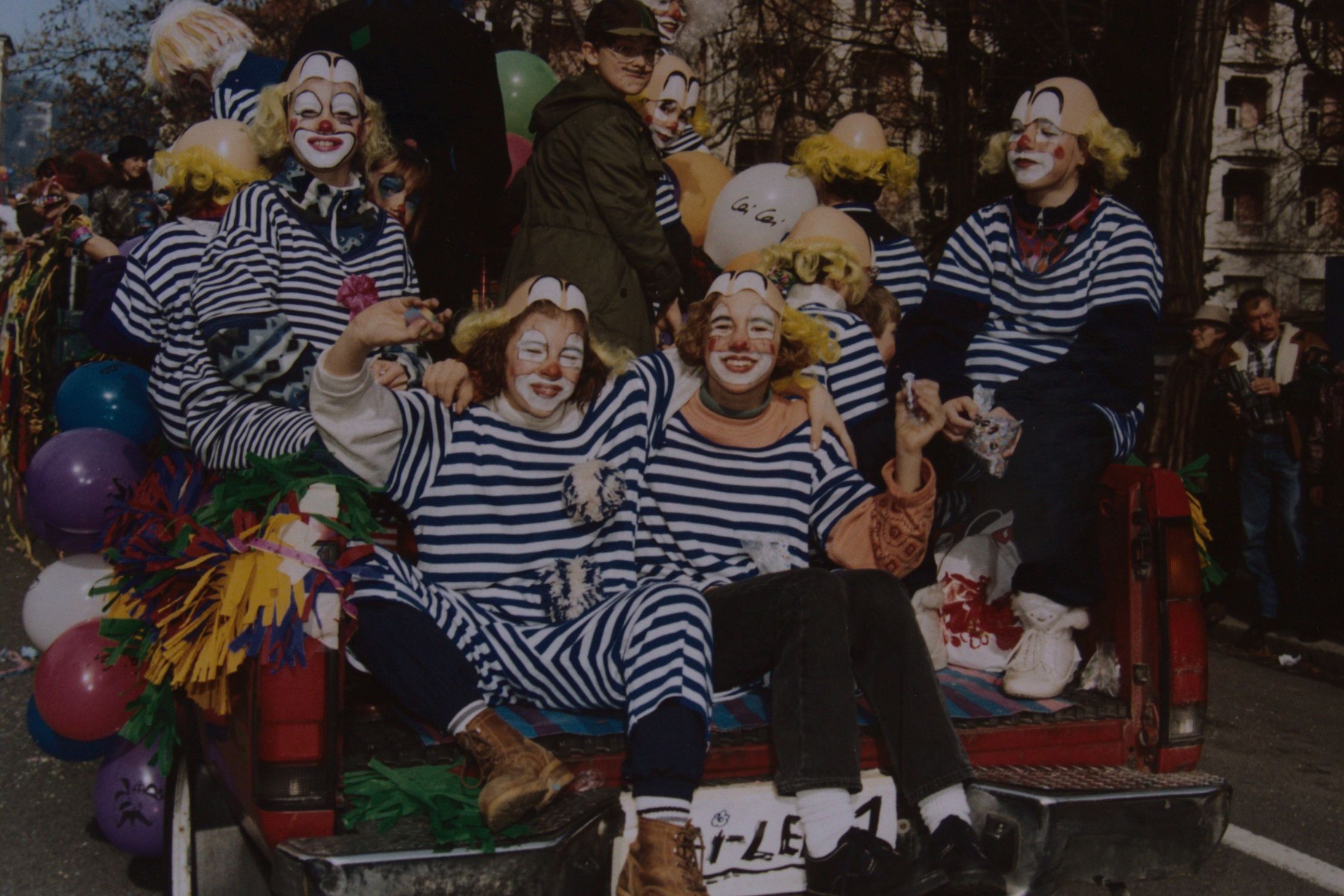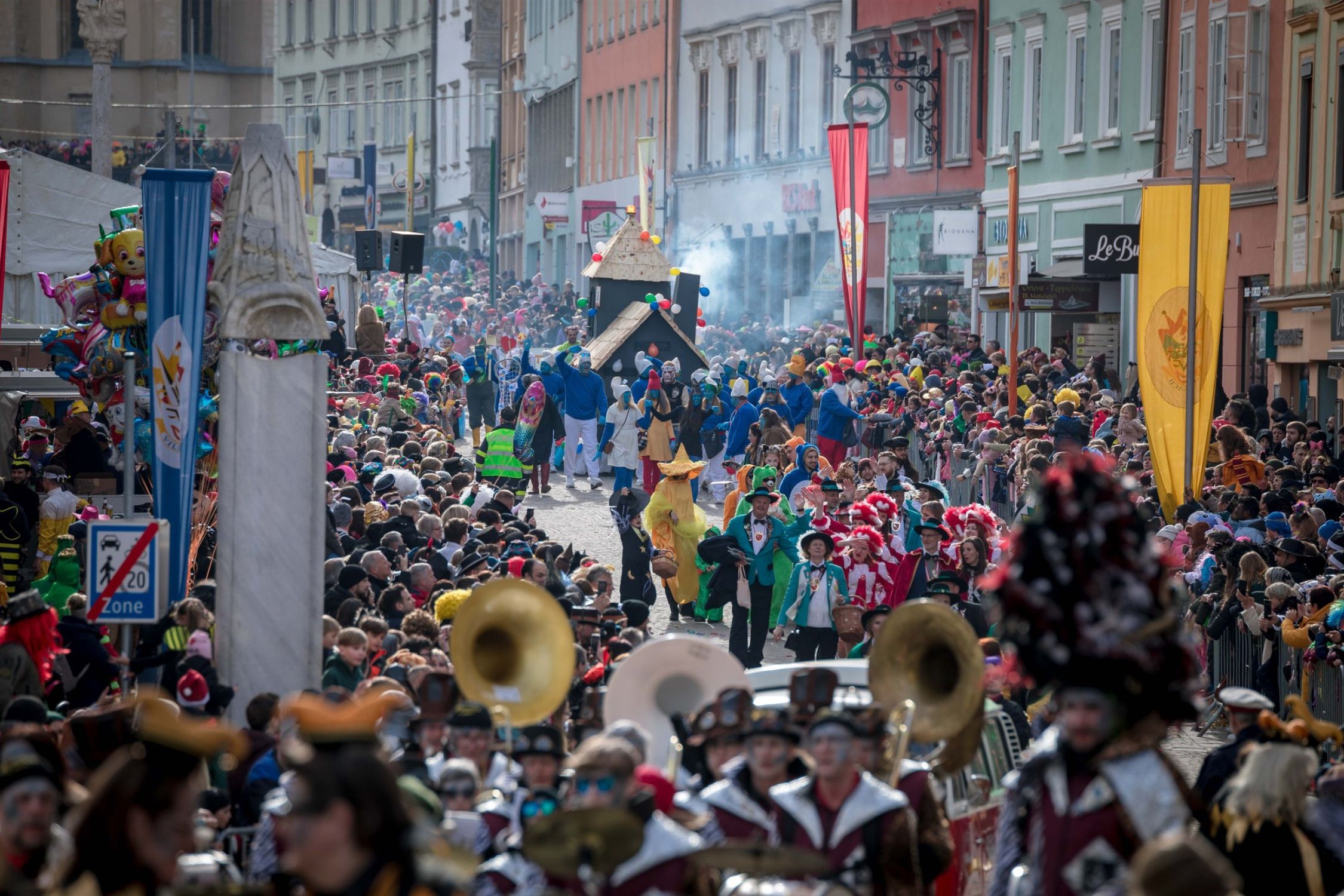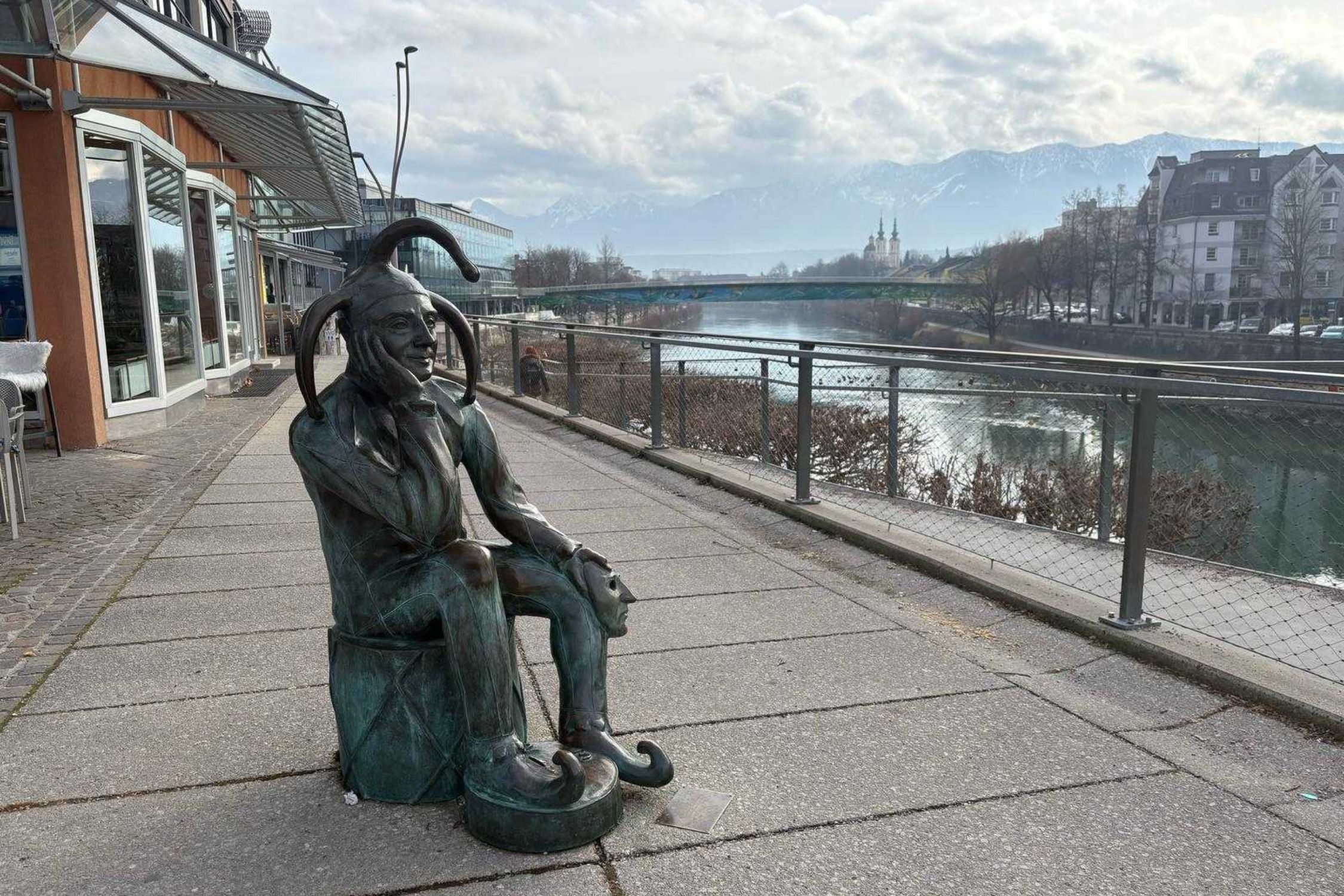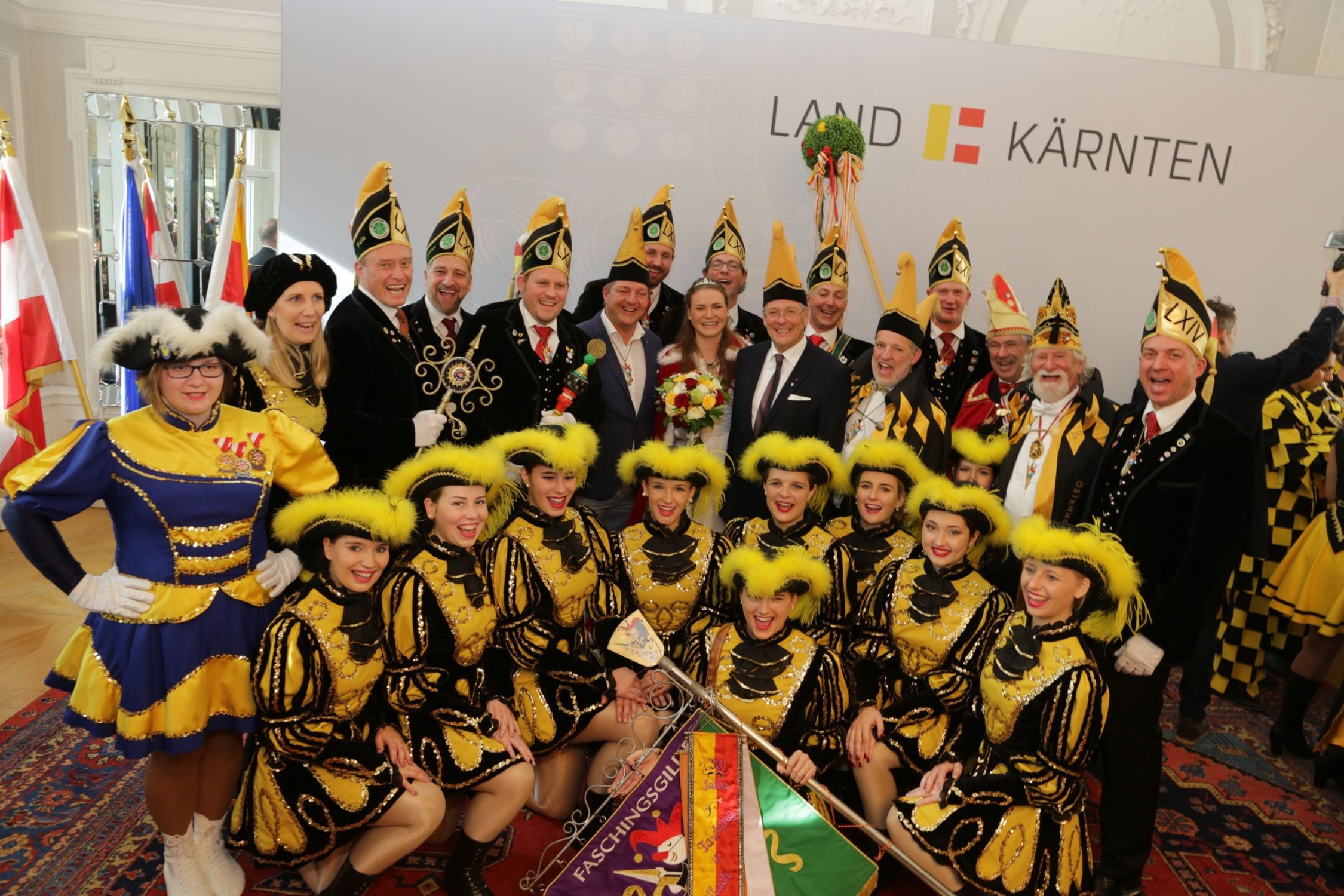70 YEARS OF VILLACHER FASCHING - A LOCAL TRADITION WITH HISTORY
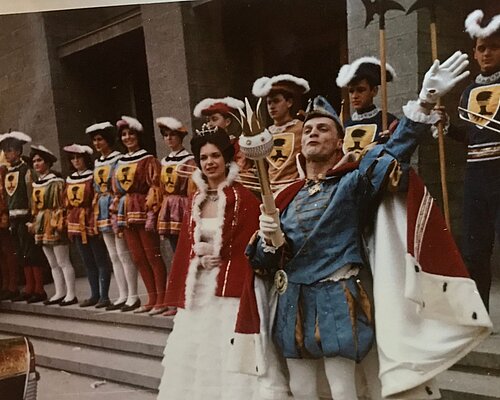
Villacher Fasching has developed over the decades into one of Austria's most significant and traditional carnival events. Each year, it attracts thousands of visitors from near and far, who dress in imaginative costumes and participate in numerous events. From the legendary parades to the popular carnival sessions – the Villacher Fasching is a true highlight for both locals and guests alike. It unites generations, strengthens the sense of community, and celebrates the joy of life in a unique atmosphere. The roots of this festive tradition date back to the 19th century and reach their peak in the grand celebrations of today.
1867: First Mention of Villacher Fasching
On Shrove Tuesday in 1867, according to the Villach city chronicle, the first known "Villacher Fasching" took place. Hundreds of masked participants and a successful parade marked this historic day.1908: Premiere of the Villacher Bauernball
The Bauerngman Villach, a non-profit association that supports families in need and promotes the preservation of traditions, has been organizing the famous "Villacher Bauernball" event since its founding, laying the foundation for the modern carnival tradition.1955: Birth of the Modern Villacher Fasching
After World War II, the carnival returned in a new form. The Bauerngman organized the first large parade and a "Carnival night across Villach." Eight downtown venues transformed into party hubs. This year also saw the first Fasching Prince and Princess.
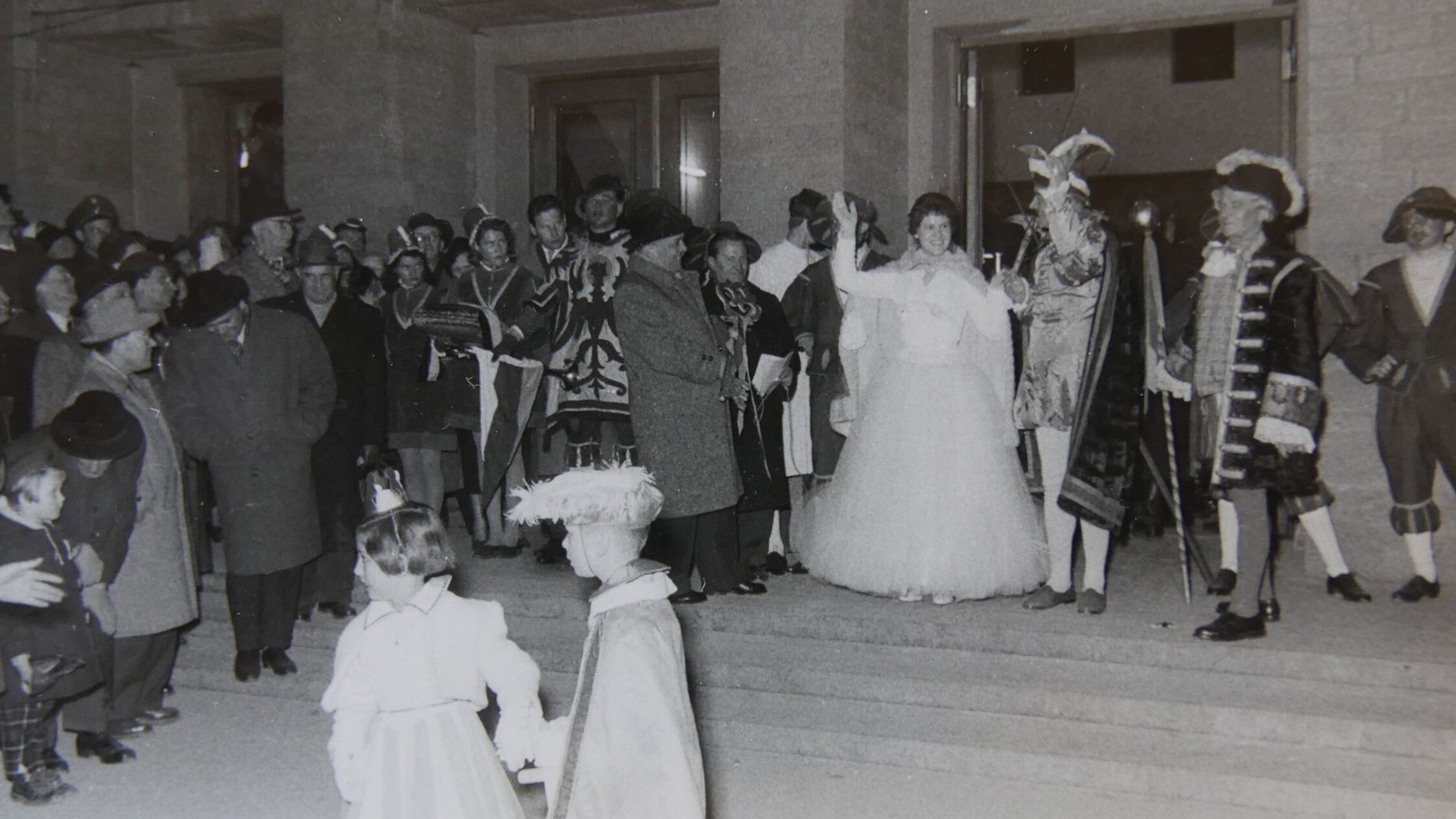
1959: Involvement of Villach Associations and First Children’s Masked Parade
Along with Villach innkeepers and merchants, all the relevant local associations joined in. For the first time, a children’s masked parade was added to the main carnival parade.1960: "900 Years of Jesting Villach" and the Cry of "Lei-Lei!"
Villach celebrated its 900th anniversary. The legendary cry "Lei-Lei!" became a hallmark of the Villacher Fasching. Additionally, a copy of the Villach pillory was placed at the Rauterbrunnen as a stage for humorous and critical speeches, much like the famous Hyde Park Corner in London. Those without costumes were "punished" by the pillory hunters with foam whips.1961: The First Villacher Fasching Show
Inspired by the previous year's pillory speeches, the first Fasching session at the Chamber of Labor building was initiated. Key groups like the Villach Gymnastics Club, the Commercial Singing Society, and the Touring Club participated. The event was such a success that a second and third session were organized. The following year saw several sold-out sessions.
1963: Fasching Session on Television
For the first time, excerpts from the Chamber of Labor's Fasching show were broadcast on television, reaching a wider audience.1965: Debut of the Women's Guard
By now, over 200 enthusiastic revelers took part in the events. For the tenth anniversary of the Villacher Fasching, the Women's Guard was introduced, ensuring the dignified and festive entrance of the Prince and Princess with their court and entourage.
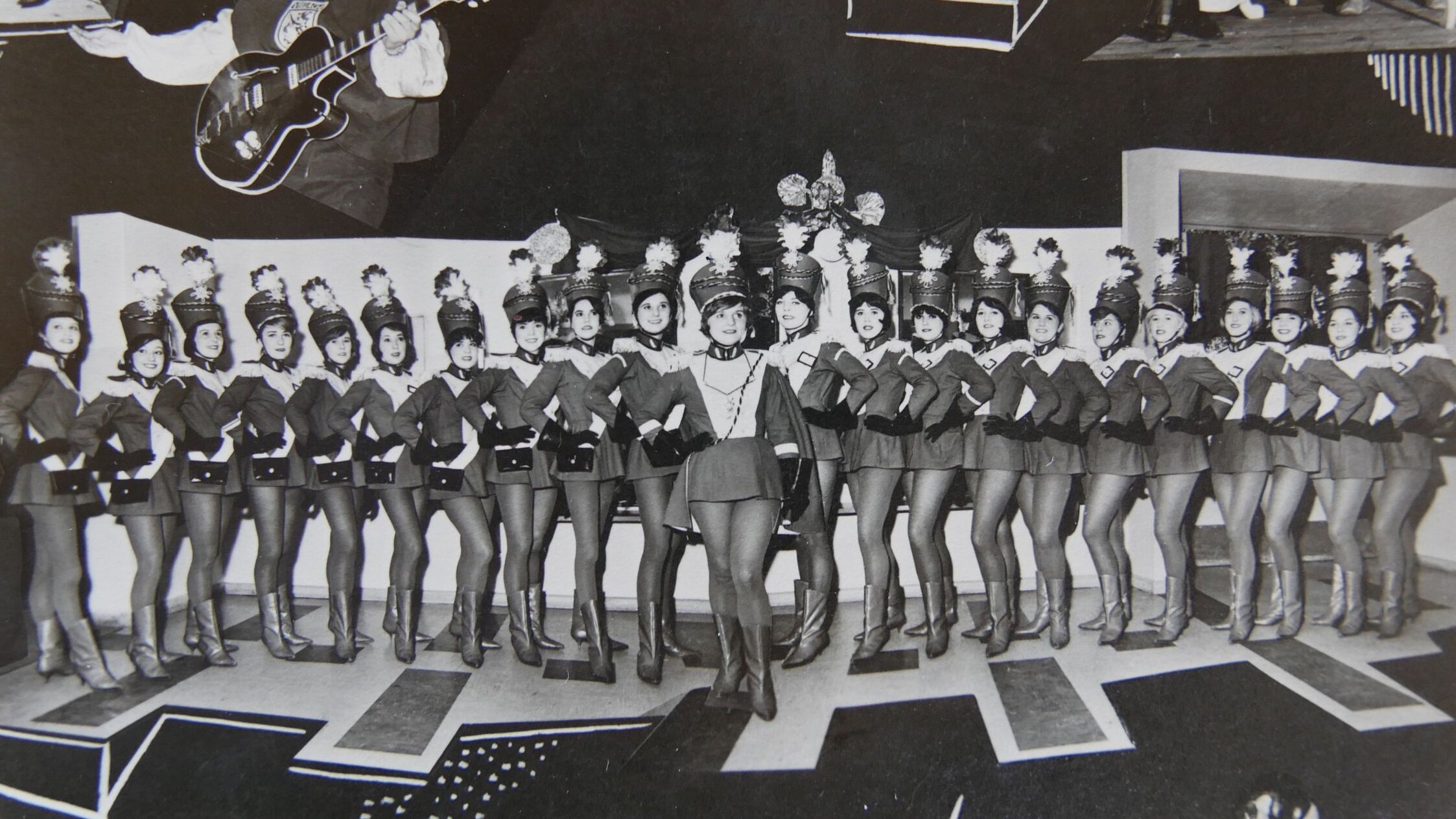
1966: Founding of the Villacher Faschingsgilde
The Villacher Faschingsgilde (“Villacher Fasching Guild”) separated from the Bauerngman and became an independent association.1967: Introduction of the First Official Children’s Fasching Royal Couple
A large children's masked ball with the first official children's Fasching royal couple took place at the Gösserbräu restaurant. The first children's Fasching show by the "Jungfaschingsgilde" premiered the following year.1972: Move to the Congress House
Starting in 1972, the Fasching shows were held at the newly built Congress House, taking the event to a new professional level.1975: Awarded the Ettlinger Narrenbrunnen Prize
Villacher Fasching received the prestigious "Ettlinger Narrenbrunnen Prize," an honor presented by top officials from German Carnival organizations, recognizing the extraordinary contributions of the Villach revelers.
1980: 25 Years of Villacher Fasching
A historic anniversary with a large celebration session, where former performers and pillory speakers reviewed the history of the carnival.1983: Special Trains to Villacher Fasching
For the first time, in cooperation with the ÖBB and the Villach Tourist Office, special trains from all over Austria were used to transport carnival-goers, highlighting the nationwide significance of the Villacher Fasching1993: 30 Years of ORF Broadcasts
Villacher Fasching, broadcast by ORF, became one of the oldest recurring programs on Austrian television.1995: Honored with the City and State Coat of Arms
The city of Villach and the state of Carinthia granted the Villacher Faschingsgilde the right to use the city’s and state’s coat of arms.2001: Faschingsgilde Finds a New “Home” - The Guild House
In October 2001, the "Guild House" was opened. Since then, the members of the Villacher Faschingsgilde have had spacious facilities for organizing the carnival and fostering community spirit.
2003: Highest Viewership of the Year
The ORF broadcast the Villacher Fasching for the 40th time, achieving the highest viewership of the year.2005: First Open-Air Session
For the 50th anniversary, the first open-air session was held in Villach's main square, attracting 6,000 visitors.2008: A Monument for the Villacher Fasching
The city of Villach honored the Faschingsgilde with a bronze, life-sized Harlequin statue at the Draubrücke. This monument was erected as a lasting symbol of the city's festive spirit and has since become a popular meeting spot and visible sign of the rich carnival culture.2013: The “Lei-Lei-thek” Goes Online
The "Lei-Lei-thek," a unique media archive, was launched online, containing almost all television broadcasts and program booklets from the last 50 years, allowing carnival fans to enjoy the "Villacher Fasching" from anywhere.2018: A Year of Fasching Honors
In its 111th year, the Bauerngman Villach, considered the parent organization of the Villacher Faschingsgilde, was named Prince Fidelius LXIV, represented by eleven princes. Additionally, Villach was awarded the title of the first provincial Carnival capital by Governor Dr. Peter Kaiser.
2020: Special Exhibition in the City Museum of Villach
The city museum dedicated a special exhibition to the carnival titled "Healthy and Lei-Lei."2021: Pandemic Edition on TV
Due to the pandemic, the Villacher Fasching was only conducted as a television production.2023: Comeback of the Grand Parade
After a two-year forced break, the grand Fasching parade once again drew masked crowds to Villach's city center.2025: 70 Years of Villacher Fasching
Due to the Islamist attack on February 15th, the 2025 carnival season was ended early. As a result, three of the originally planned 13 sessions at the Congress Center as well as the traditional parade on Carnival Saturday were canceled.
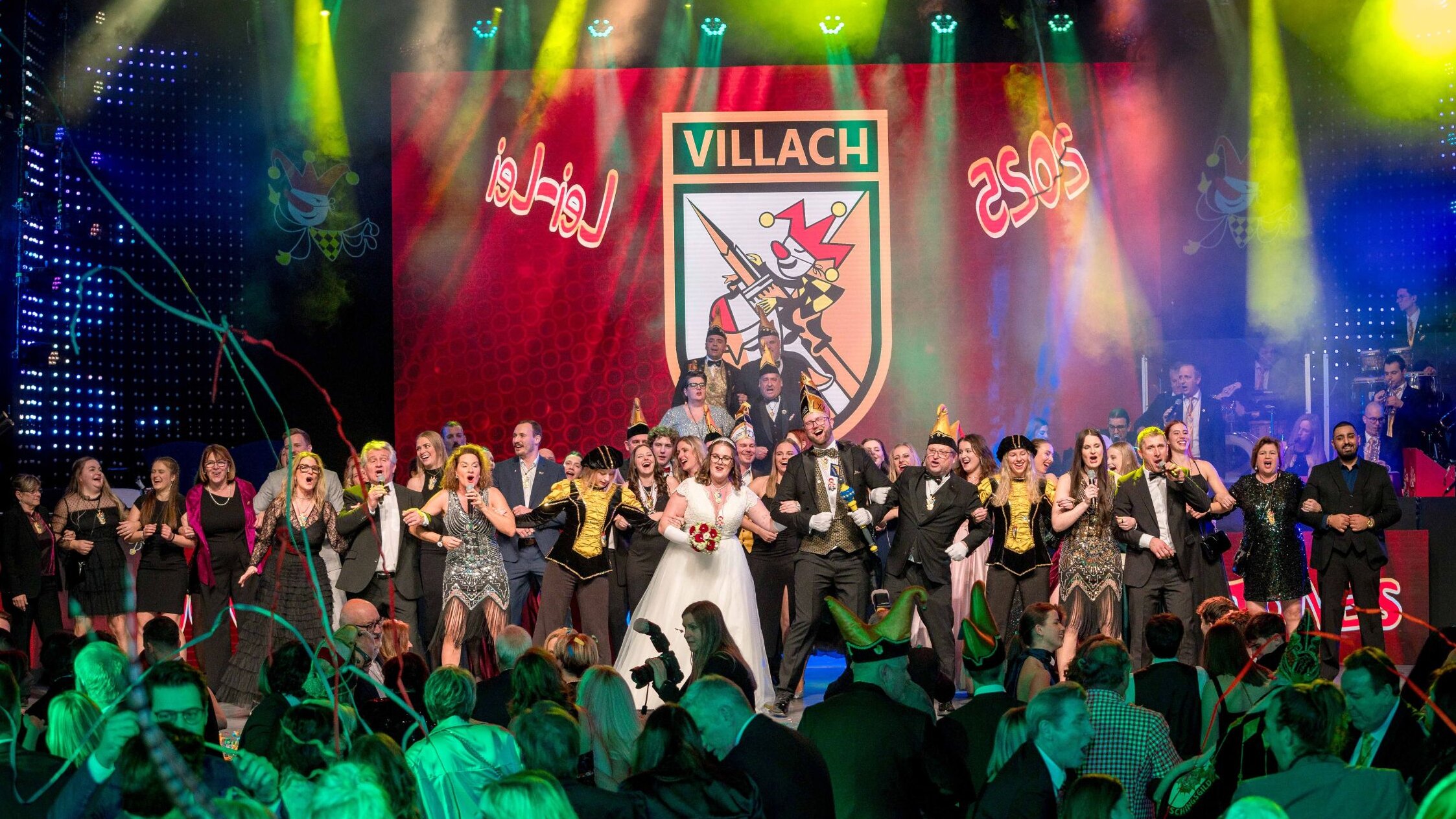
The Villacher Fasching remains a vibrant symbol of joy, community, and tradition. Thanks to the tireless dedication of generations, this unique carnival event has become an indispensable cultural highlight in Villach.
